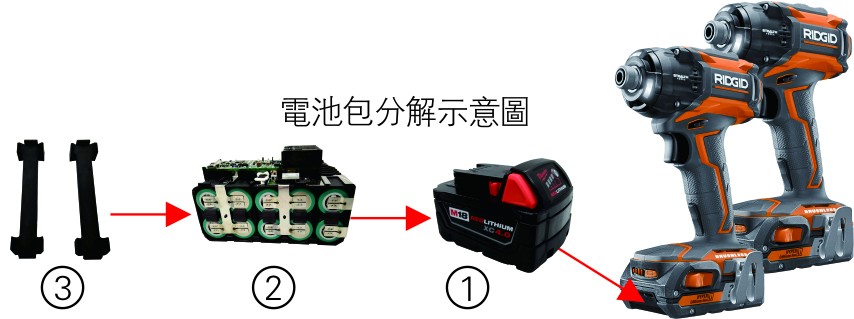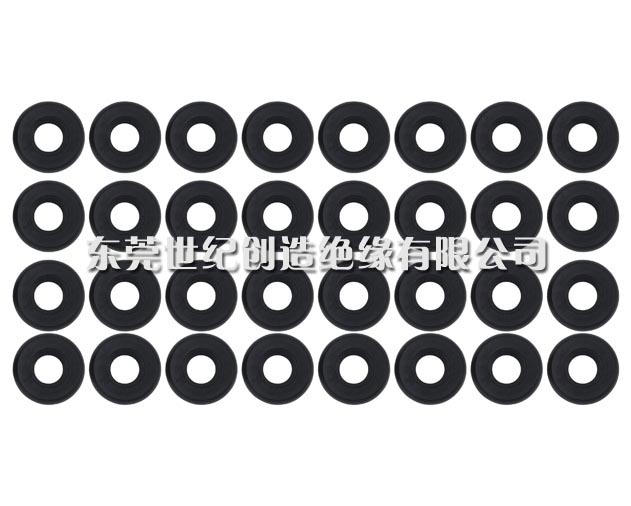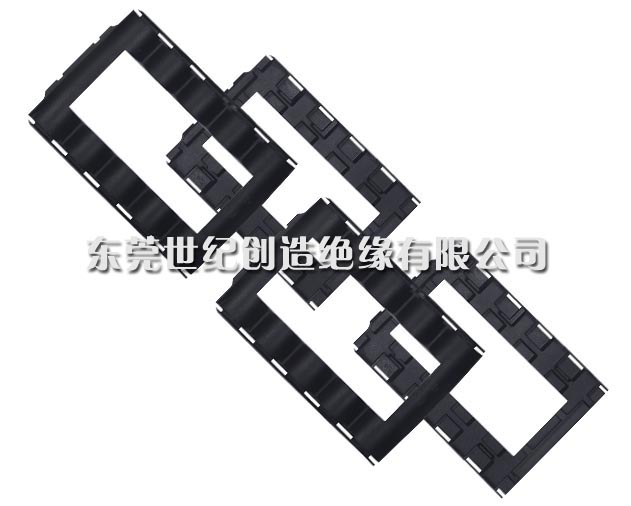EPDM Series
Classification:
- Click count:2300
- Online inquiry

Features of EPDM materials: Excellent resistance against ozone, UV rays, weather and aging (top among general rubbers), good electrical insulating properties, good chemical resistance and excellent impact elasticity, acid-base resistance, low specific gravity, can be used for high-filled matching, resistant to heat up to 150℃ and polar solvent like ketone and ester, but intolerant to aliphatic hydrocarbon and aromatic hydrocarbon. As for other physical and mechanical performances, it is slightly next to natural rubber but better than butadiene styrene rubber. The defects are the poor auto-adhesive and mutual adhesion, which makes it difficult to bond.
Service temperature: Approximately -50℃〜+150℃. The EPDM formula (EP-5000B) developed by us has been tested by UL which proves that the flame retardant rating reach 94V-0 and a UL yellow card
Main applications: wire and cable sheath, steam hose, heat-resistant transport belt, tape, waterproof materials for construction, automotive rubber products and other industrial products requiring flame retardant.

Related products:
Related news:
- Introduction to Rubber Sponge
- The main factors affecting the vulcanization process of rubber
- The principle of rubber foaming and how it is used for listening to voice during mixing in an internal mixer
- How to distinguish the quality of rubber foam strips?
- How rubber foam strips have a shock-absorbing effect
- Selection of Rubber Raw Materials for Rubber Sponge Products
- Why do we need to undergo secondary rubber vulcanization?
- What are the high-temperature resistance characteristics of rubber sponge materials reflected in?
- Common processing methods for sponge rubber foaming
- Why does rubber undergo significant changes in its properties after vulcanization







